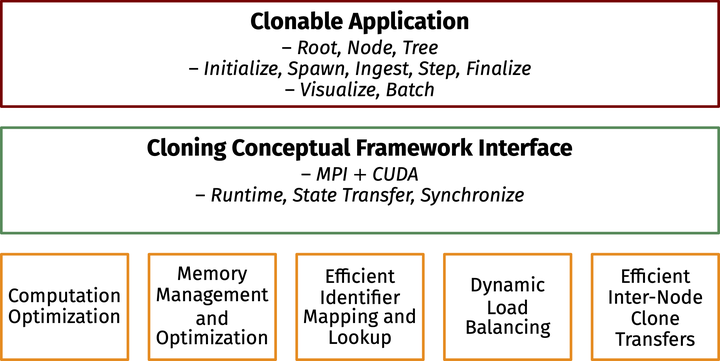
Abstract
High-performance computing facilities used for scientific computing draw enormous energy, some of them consuming many megawatt-hours. Saving the energy consumption of computations on such facilities can dramatically reduce the total cost of their operation and help reduce environmental effects. Here, we focus on a way to reduce energy consumption in many ensembles of simulations. Using the method of simulation cloning to exploit parallelism while also significantly conserving the computational and memory requirements, we perform a detailed empirical study of energy consumed on a large supercomputer consisting of hardware accelerator cards (graphical processing units, GPUs). We build on previous insights from mathematical analysis and implementation of cloned simulations that result in computational and memory savings by several orders-of-magnitude. Using instrumentation to track the power drawn by thousands of accelerator cards, we report significant aggregate energy savings from cloned simulations.